What Everybody’s Listening To At My House
Monday, May 7th, 2018We can’t get enough of David Byrne’s new album, “American Utopia.” It’s on constant replay on the home stereo (such as it is), in my car, and in my head. (Fitting, for a former Talking Head.) It’s a terrific album, filled with fun weirdness.
It’s also provided a backdrop against which to note the evolution of what I’ll call David Byrne’s positioning. The David Byrne of the 1970s and 1980s, who evoked the jittery discontent of modern life through abstruse words and a highly neurotic sound, is long gone. The more recent David Byrne, heard here and on his collaboration with Brian Eno of 10 years ago, “Everything That Happens Will Happen Today,” is very direct in his concerns and somewhat homiletic. “Is this meant ironically? Is it a joke?” he asks in the liner notes re the title of the new album. “… These songs don’t describe an imaginary or possibly impossible place but rather attempt to depict the world we live in now. Many of us, I suspect, are not satisfied with that world — the world we have made for ourselves. We look around and ask ourselves — well, does it have to be like this? Is there another way?” Byrne was similarly earnest on that surprisingly upbeat disc with Eno, and has gone so far as to launch the blog “Reasons to be Cheerful,” which promulgates the good news from around the world about Economics, Education, Health, Culture and more. If you fear that, say, Climate Change is hopeless, you’ll want to turn here. I don’t think it’s just because he figures we can’t handle any more bad news. Somehow, David Byrne, who always seemed emotionally remote, has become a warm-hearted social activist.
Three weeks ago, I took my wife to Las Vegas to see Byrne’s show, at the gorgeous Smith Center, where the acoustics proved to be remarkable and the performance even moreso. In addition to reinventing his music, Byrne has set out to reinvent the stage show that accompanies it. Note, below, the absence of an onstage set or, even, the normal components of a live concert: no drum kit, no cables, no amps, no keyboard stand, no guitar rack, no foot pedals, indeed, no nuthin’ except the musicians and whatever they can carry. This is very much a marching band.
Rock concert? This didn’t seem like one. My wife said it was more like a combination of performance piece with music. Above, they set a mood for “Burning Down the House.” Below, note how the band, including the 65-year-old lead singer, plays dead while just the keyboardist carries on.
And, here, how he opens the show, simply sitting alone onstage and singing about the workings of the human brain.
That photo alone shows that Byrne is an interdisciplinary artist, not a rock musician. (As did this sensational and odd installation he put in the Pace Gallery in Menlo Park, which I went to see last year.) He’s a musician, yes, but also a visual artist, a film director, and a writer of non-fiction books, including “How Music Works.” His show is also tightly choreographed, and filled with joy — the joy of the music, and also the joy radiating from the performers who are delighted to present it. In that same week, my wife and I saw another interdisciplinary artist, Laurie Anderson. (Byrne on Wednesday night; Anderson on Friday night at the Wallis in Los Angeles.) Byrne has said he won’t be reuniting with Talking Heads because that would be an exercise in nostalgia and he’s not interested in that. Laurie Anderson, meanwhile, is on what’s clearly a nostalgia tour: a clip show of her greatest hits, of sorts — video bits; some spoken word; talk about past events; very occasional electric violin. It was disappointing to see such a provocative artist reduced to just showing up and pulling bits out of a hat, and even more dispiriting to learn that, when unscripted, she can’t tell a good story.
Byrne’s show featured eight songs from the (highly recommended) new album, eight Talking Heads songs, and six songs from his many collaborations over the years. If there are tickets left somewhere near you, you might want to get them. Maybe watching this recent appearance on “Colbert” will help convince you.
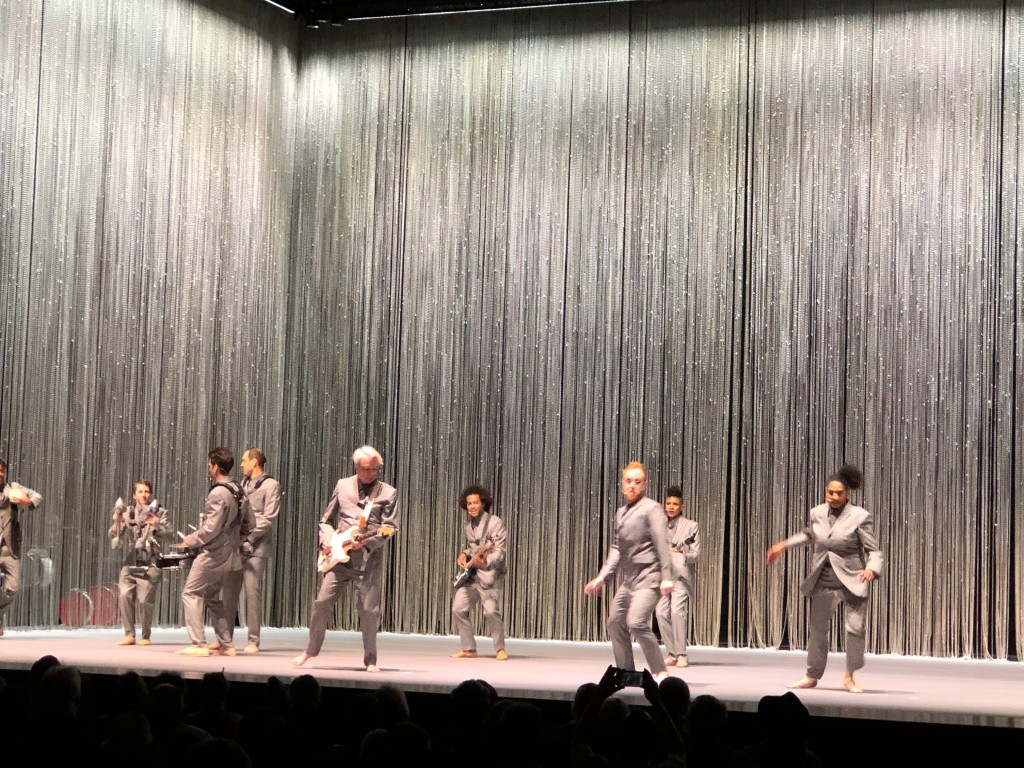

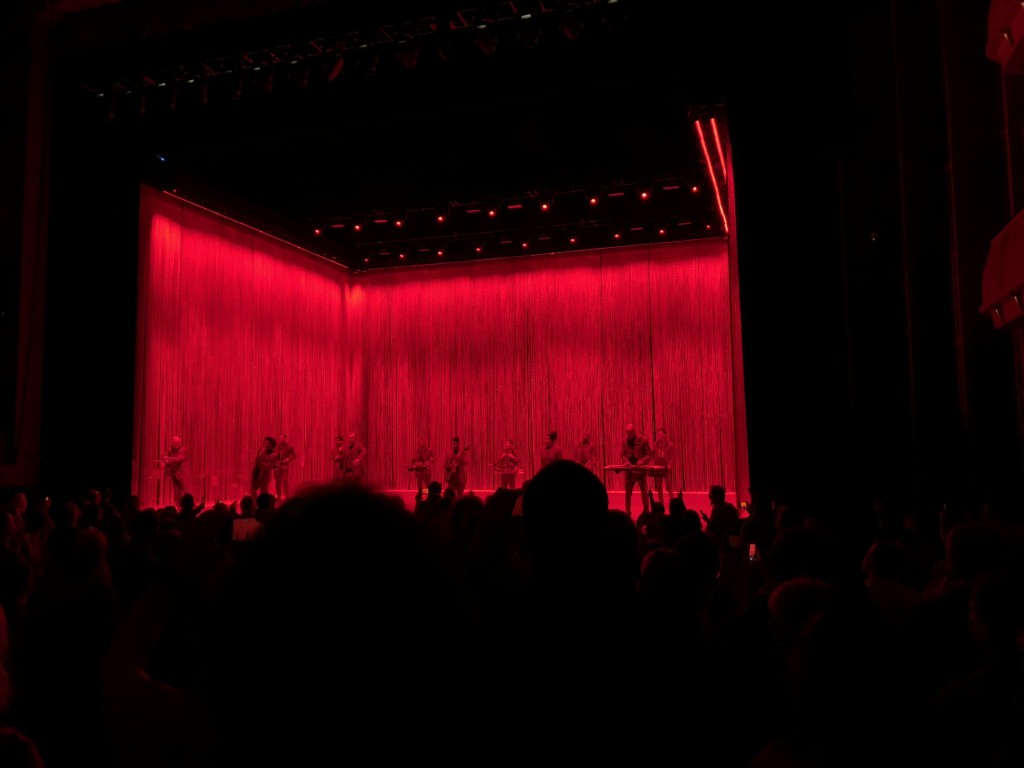
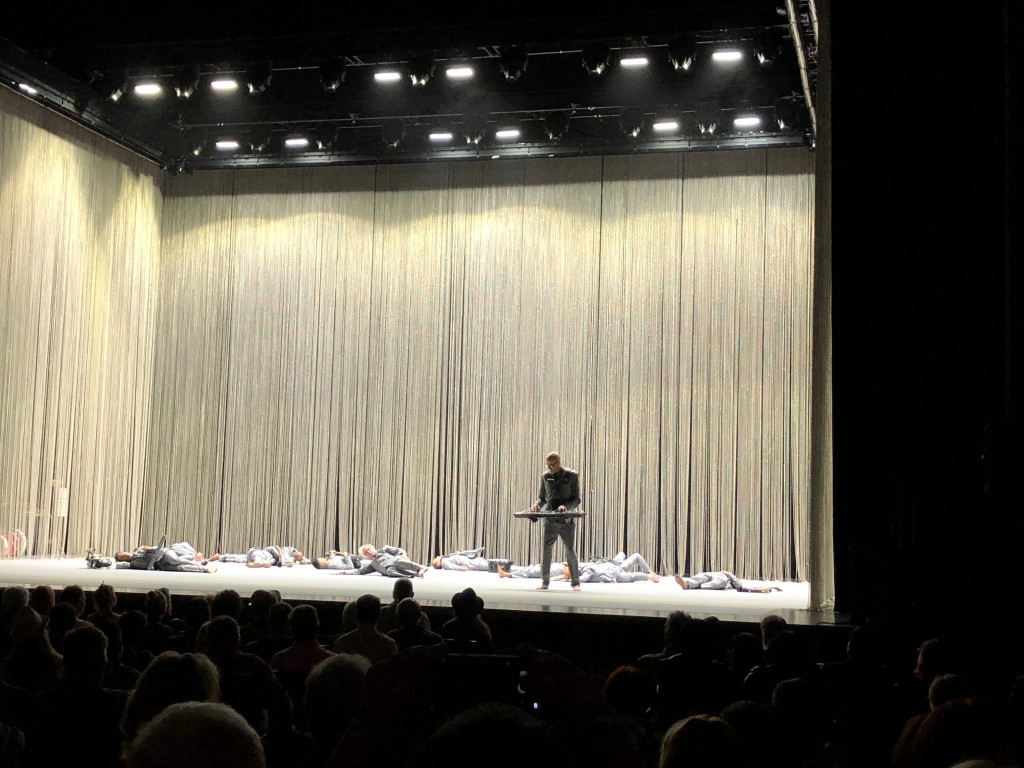
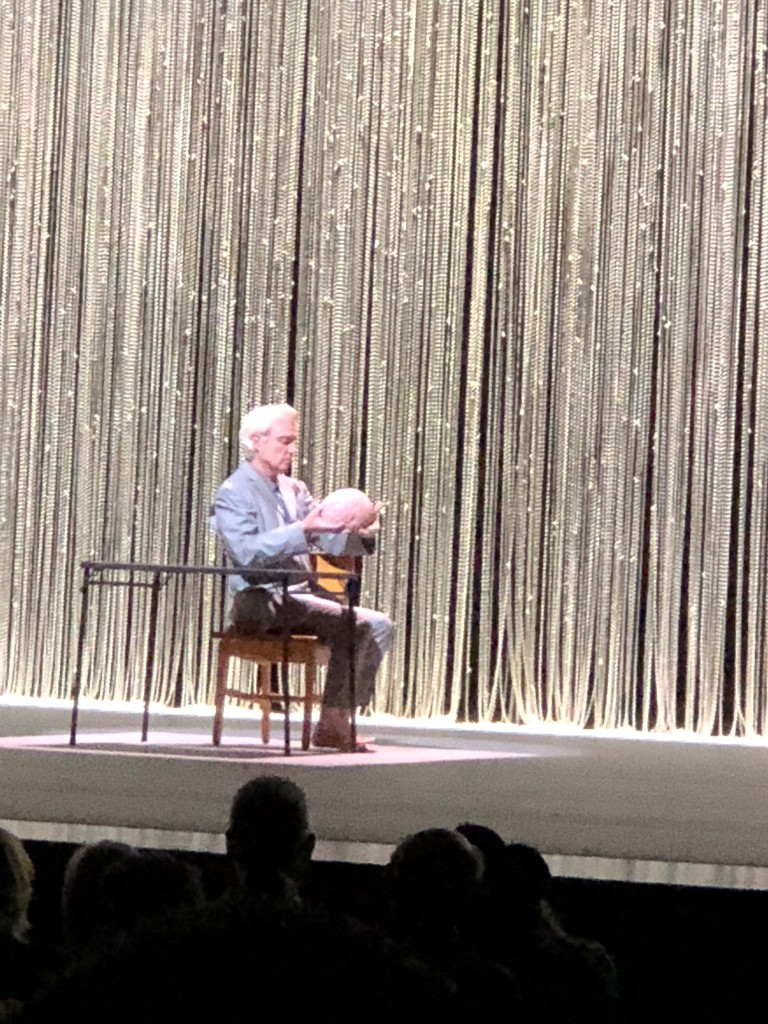
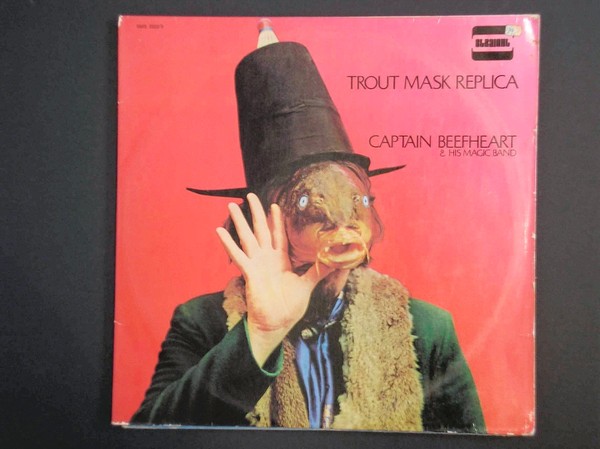
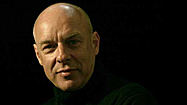 I don’t have a lot of interest in pleasant music. Yes, I can hear that it’s soothing, but I can’t figure out why you’d want music to soothe you. I want music to snap me out of it, to communicate something new in an interesting, dynamic way that’s impossible to refute.
I don’t have a lot of interest in pleasant music. Yes, I can hear that it’s soothing, but I can’t figure out why you’d want music to soothe you. I want music to snap me out of it, to communicate something new in an interesting, dynamic way that’s impossible to refute.